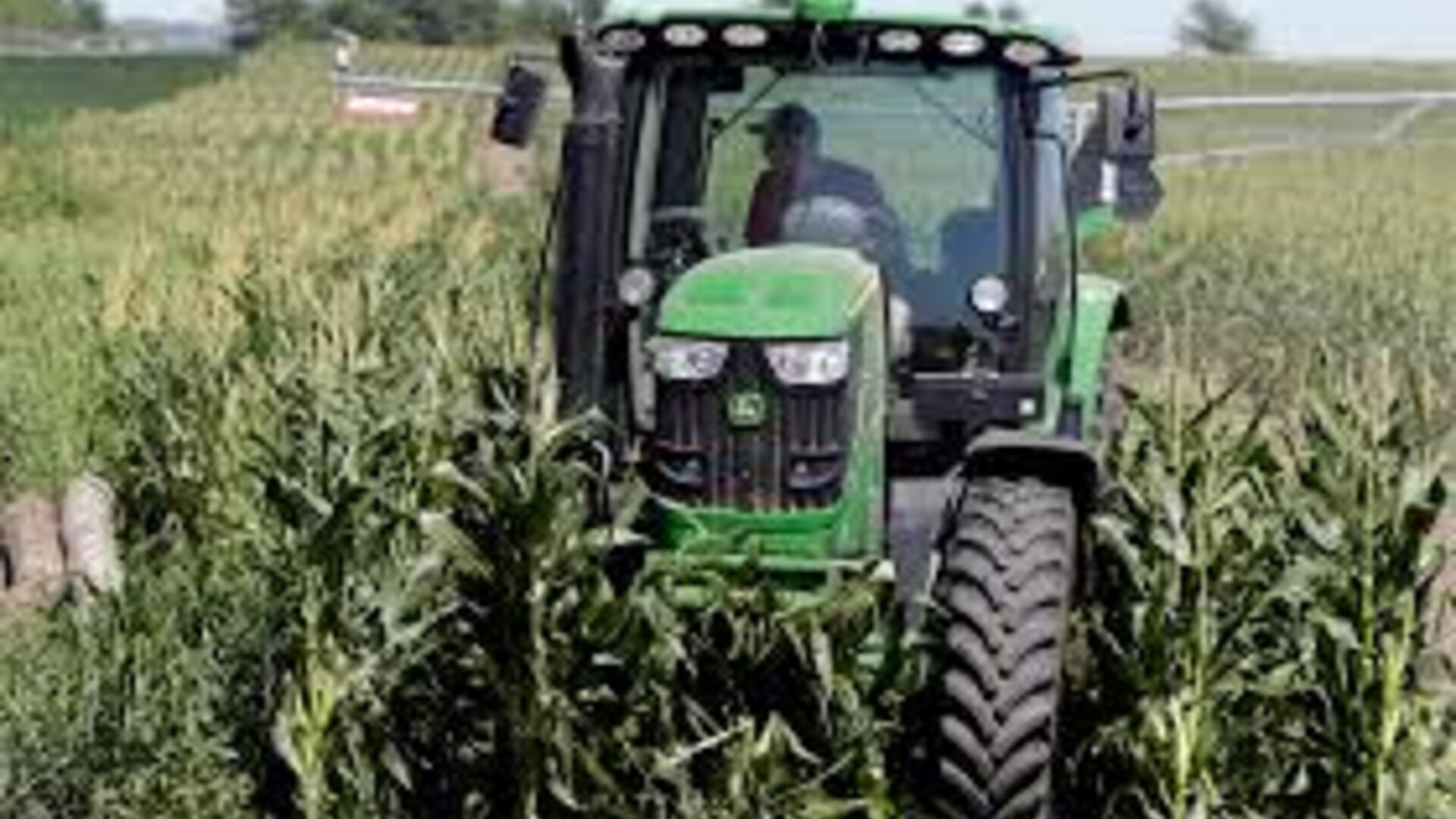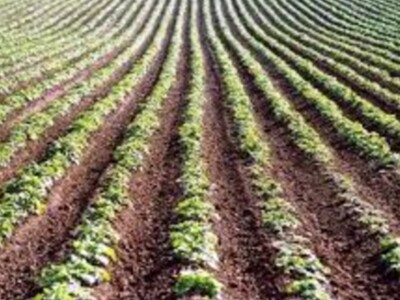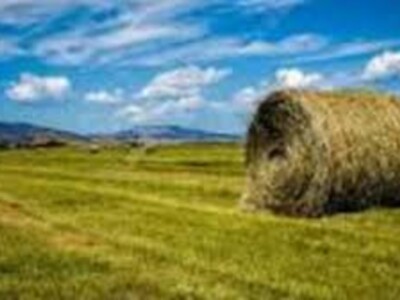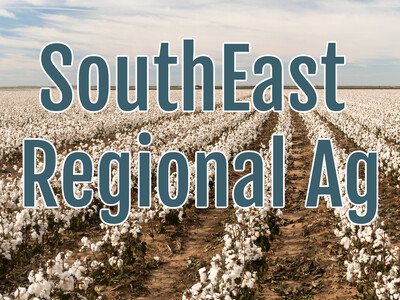Crop Progress Report
The storms that swept through the state in early March helped but much of Colorado is in persistent drought.
Bill Meyer, Director of the Mountain Region Office of NASS has more in the latest crop progress report.
Precipitation from the prior week’s storm continued to boost soil moisture supplies in eastern districts, but kept producers out of the field, according to the Mountain Region Field Office of the National Agricultural Statistics Service, USDA. According to the latest U.S. Drought Monitor report, received moisture resulted in one to two category improvements in some eastern counties. Extreme and exceptional drought persisted in areas, especially in western districts. Concerns remained regarding long-term moisture deficits and 96 percent of the state was in moderate to exceptional drought according to the Drought Monitor. In northeastern and east central counties, more moisture was received late Sunday. Wet fields limited fieldwork for much of the week. Recent precipitation improved short-term outlooks for fall-seeded crops and imminent spring planting. County reports noted received moisture saved winter wheat in areas from further loss due to drought. The crop started to green up but development remained behind normal. Calving and lambing continued. The impact of moisture on pasture conditions remains to be seen but is expected to support early cool-season grass growth. Southwestern counties remained dry and isolated precipitation was observed last week. Low irrigation water supplies were a concern going into spring. Calving and lambing were in full swing, supported by relatively mild weather. A county report noted pasture and rangeland conditions would benefit from more moisture. In the San Luis Valley, conditions remained dry and precipitation was limited. Very limited barley planting began in the area. Rangeland remained very dry and more moisture was needed. A county report noted feed supplies were very short. In southeastern counties, recent moisture benefitted fall-seeded crops and cool-season pasture grasses. A county report noted high winds were still prevalent in the area. Calving and lambing continued with few issues, but some producers reported predator problems. As of March 19, 2021, the snowpack in Colorado was 92 percent measured as percent of median snowfall. The Southwest and San Luis Valley were 83 and 106 percent, respectively. Stored feed supplies were rated 16 percent very short, 23 percent short, 59 percent adequate, and 2 percent surplus. Sheep death loss was 2 percent heavy, 94 percent average, and 4 percent light. Cattle death loss was 6 percent heavy, 75 percent average, and 19 percent light
The NASS office will be conducting the first monthly ag yield survey of the season in May. Producers can expect to see that first survey at the end of April.


















